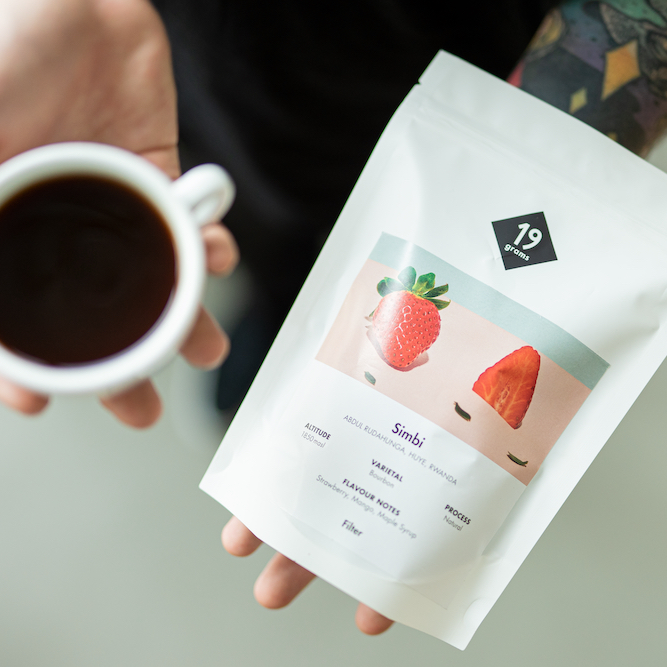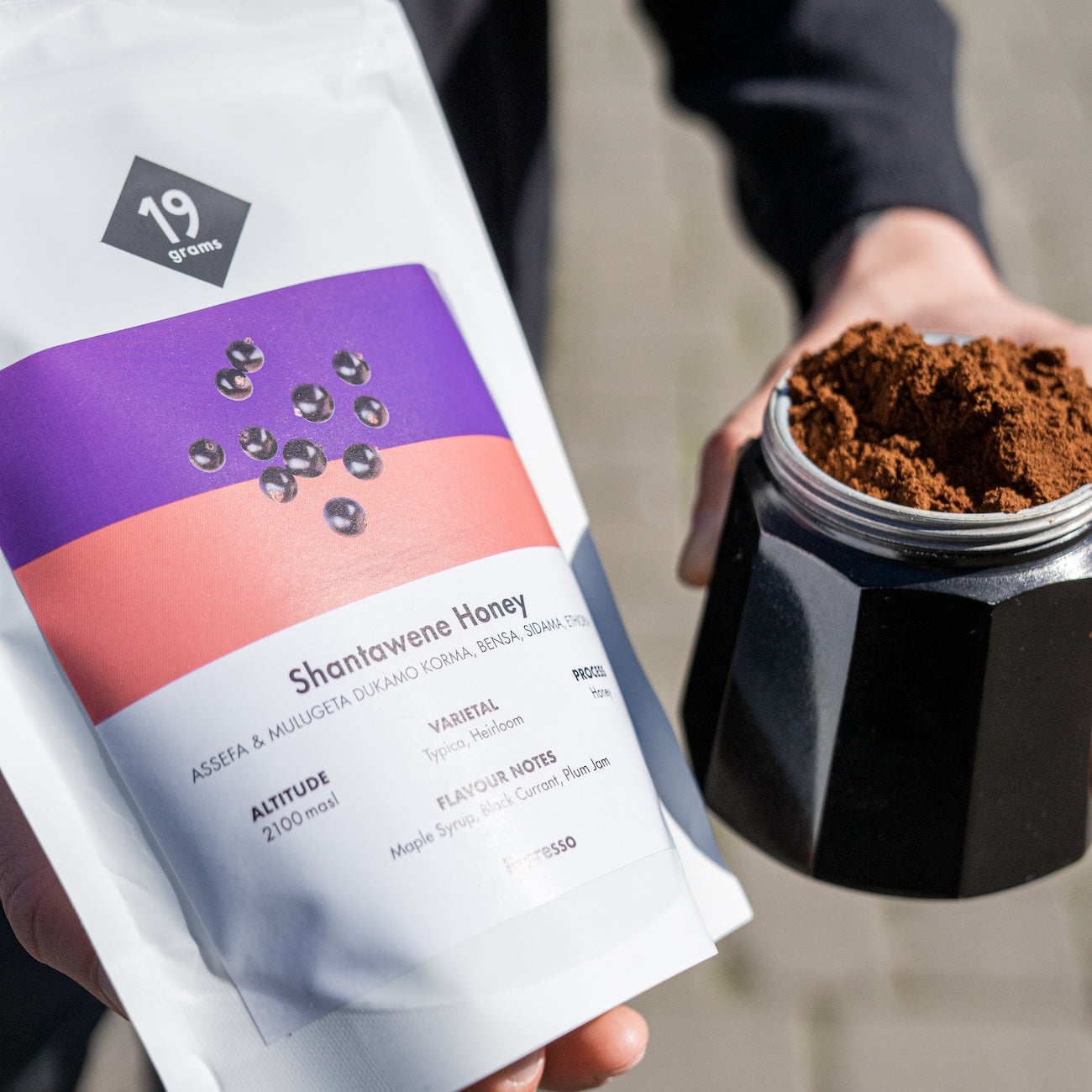A tasting is the professional assessment of food or luxury food. In the case of coffee, it is also called coffee tasting. It is particularly important to evaluate the specific taste and quality of coffee. During a tasting, the sensory organs of the mouth, tongue and nose are used. Criteria such as aroma, acidity, body and finish or aftertaste are assessed. Tastings are not only carried out by producers evaluating their own products, but also by intermediaries, traders and even end consumers.
How does a tasting work? During a tasting, different coffee roasts are usually ground and evaluated based on their smell. The ground coffee is then poured into a wide vessel with hot water. As soon as the coffee brews, a kind of coffee crust forms on the surface. After waiting for about three minutes, the crust is removed with a spoon and some coffee is taken with a second spoon. This is then sucked into the mouth to assess the taste.
How is assessment carried out during a tasting? Since sensory perception is very subjective and can vary from person to person, a uniform and consistent vocabulary is necessary for the accurate and standardised assessment of coffee's characteristics during a tasting. For this reason, the Specialty Coffee Association of America (SCAA) has developed an internationally recognised vocabulary to facilitate the exchange of information about the different taste characteristics of coffee. Terms such as strong or mild, high or low acidity are used to describe coffee. However, the SCAA terms go into much more detail.
What coffee do you use for tasting? The type of coffee used can vary. In general, coarsely ground coffee is better than finely ground. It is also important that all coffees tasted have the same grind to allow for fair comparisons.






